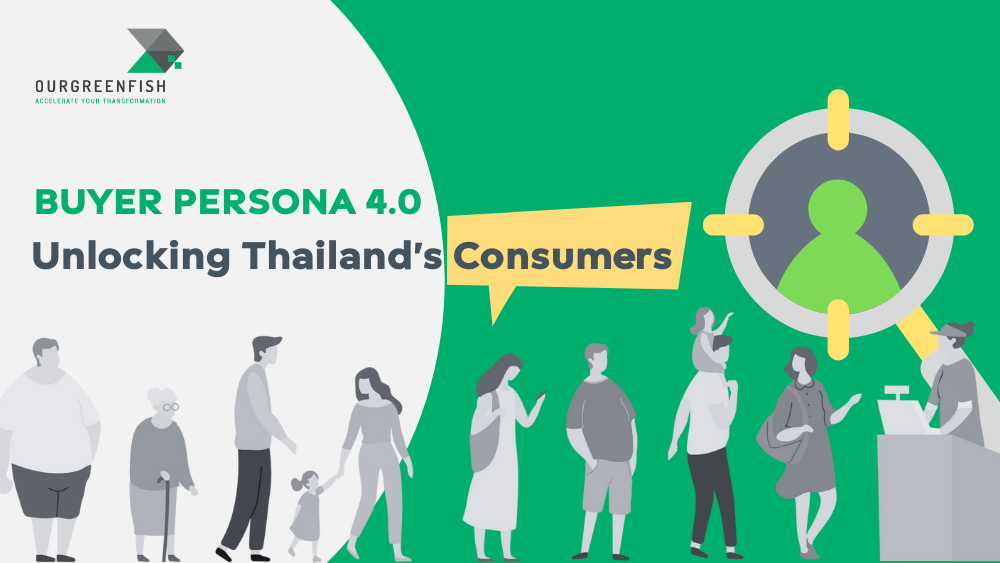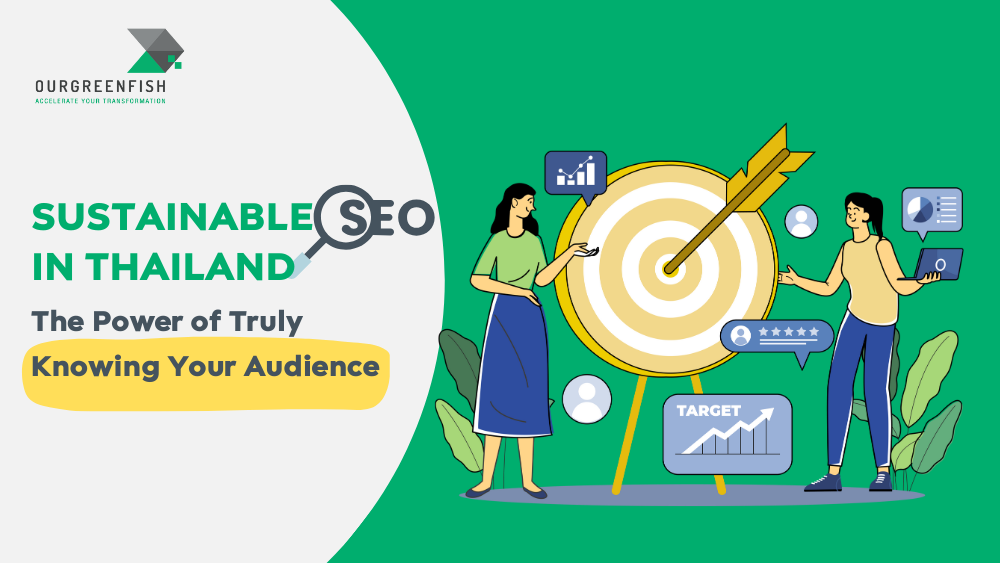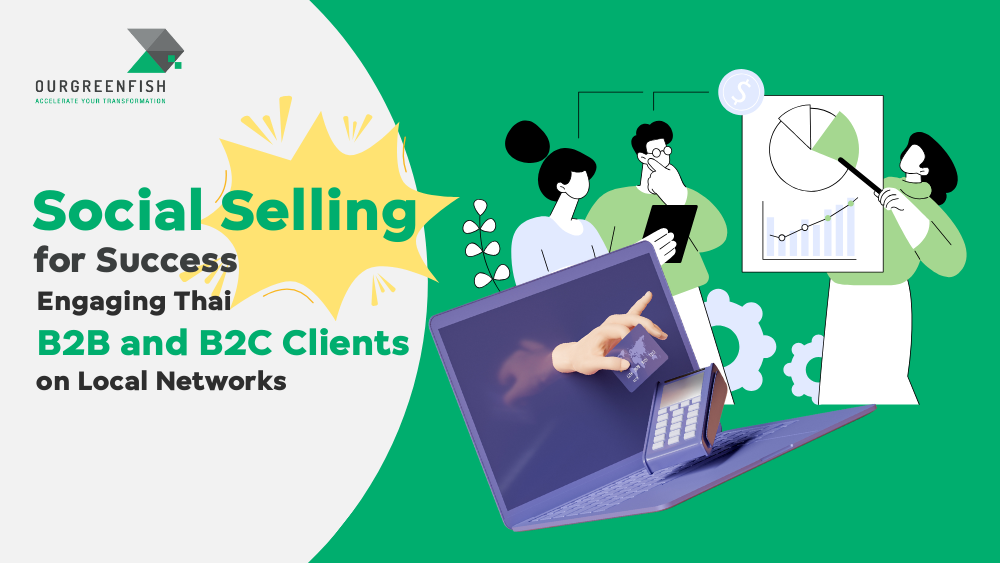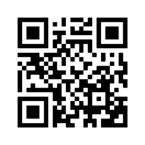Buyer Persona 4.0 goes far beyond basic demographic data. It expands to include behavioral patterns and emotional drivers that influence decision-making. As a business owner, you should uncover what truly “matters” to people before they buy your product or service. In practice, that means your persona should reflect both buying behaviors—such as the channels customers use to research—and emotional motivations—such as values, fears, or latent needs—across your target segments.
A strong Buyer Persona starts with systematic research on your market and customers. HubSpot recommends building a semi-fictional representation grounded in real data you’ve collected. Clear personas then guide how you construct surveys and design your broader marketing strategy. For example, if you know what your audience aims to achieve with your product, you can align your messaging with the outcomes they value—linking both behavioral information (how they use the product or interact with your brand) and emotional information (how they feel about your brand) in one coherent profile.

Designing Surveys and Focus Groups the HubSpot Way
Surveys: Marketing surveys are an efficient way to gather large-scale insights from your target audience. HubSpot suggests structuring your survey into sections that cover the most important dimensions:
- Demographic Questions: Collect baseline information—age, gender, occupation, income—to understand your sample at a glance.
- Competitor/Industry Questions: Explore how customers view competitors and the category. Ask, “Which brands come to mind in this product category?” and “Are you loyal to any brand in particular?” These questions help you assess competitor strength and clarify where your brand stands in comparison.
- Brand Questions: Probe brand perception. For example, “Have you heard of our brand—if so, from where?” followed by “What do you think about our brand?” and “How trustworthy do you find us?” These items measure brand image and credibility from the customer’s perspective.
- Product Questions: If respondents have used your product or service, ask about their experience: “Overall, how do you feel about our product?” and “What strengths and weaknesses have you noticed?” This reveals real-world usage insights that inform product improvement.
When drafting surveys, combine closed-ended items with a few concise open-ended prompts. Closed questions make quantitative analysis straightforward, while short open responses provide deeper insight (keep longer qualitative exploration for your focus group).
Focus Groups: Focus groups deliver qualitative depth from small, well-selected cohorts (typically 5–8 people) drawn from your target customers or users. Best practices include:
- Use open-ended questions. Avoid yes/no prompts. Instead of “Do you like this product?” ask “What do you think about this product?” The latter elicits richer detail, not just a binary reply.
- Limit to the essentials. Don’t overload your session with too many deep questions at once. Choose 5–10 core questions that will drive the most meaningful discussion. This keeps participants engaged and allows sufficient time to explore each topic thoroughly.
- Encourage follow-ups and elaboration. One advantage of focus groups is surfacing unexpected insights. Be ready to pursue promising ideas that emerge in the moment and invite participants to clarify or expand their points—this is often where the best discoveries happen.
- Bring the product or prototype (if applicable). Hands-on interaction makes answers more specific and useful. Ask, “How would you use this product in daily life?”, “What do you like about it?”, and “What would you change?” Real use prompts concrete feedback.
- Discuss price and competitors. Ask who participants see as your main competitors and how they arrive at a fair price. This uncovers the why behind opinions. For instance, if someone undervalues your product in a survey, a focus group might reveal it’s not a fit for their needs—insight you’d miss without the conversation.
Surveys and focus groups complement each other. Surveys provide broad trends from large samples; focus groups add nuance from deep conversations. Using both helps you understand your Buyer Persona in both the “big picture” and the “close-up”—and plan strategy with greater precision.
Using AI with HubSpot and LINE CRM to Personalize by Persona
Once your Buyer Persona is clear, elevate your marketing by combining AI with your CRM to deliver truly personal experiences at scale. Today’s customers expect fast, relevant, and high-value interactions. Platforms like HubSpot CRM are built for this: they unify customer data across channels to provide a 360-degree view, enabling data-driven decisions and personalized interactions. Integrating LINE CRM ensures conversations on LINE Official Account are consistent and connected—LINE engagement data flows into the same customer record, so you can send the right offer to each persona in the channel they actually use.
AI makes personalization efficient and impactful:
- Predictive Analytics anticipates customer behavior—who’s likely to be interested in a given offer or at risk of churn—so you can act proactively (e.g., timely reminders or retention incentives).
- AI-assisted content accelerates tailored emails and social posts aligned to each persona’s interests.
- Automated segmentation groups customers by behavior and intent, ensuring messages are both relevant and timely.
The outcome is a personalized customer journey: each person receives communications and follow-ups that match their needs and context—from targeted offers via LINE to automated follow-ups for abandoned carts—rooted in the insights your AI and CRM have surfaced from persona data.
Case in Point : Persona-Driven Campaigns Improve Retention
Applying Buyer Personas doesn’t just attract new customers—it’s pivotal for retention. When you deliver personalized engagement based on persona insights, customers feel recognized and valued, making them more likely to stay with your brand. Companies leveraging HubSpot to orchestrate these tailored interactions report sharper multi-channel execution and growth in qualified interest. While every business is different, the common thread is simple: deeper customer understanding + relevant, timely communication. Buyer Persona is the tool that makes this formula repeatable.
Persona-based marketing also sustains long-term engagement. When content and experiences match real customer needs, people are more likely to open emails, click offers, and participate in brand activities—strengthening relationships and customer loyalty. Loyal customers not only purchase more often but can become brand advocates, helping bring in new customers organically.
References : HubSpot. (2025). Market Research Kit. Retrieved from https://offers.hubspot.com/market-research-kit
Read more articles : What is a Customer Persona? Is it important for business? (Customer Persona คืออะไร มีความสำคัญต่อการทำธุรกิจหรือไม่?)
Contact us
Tel : +66 2-0268918
E-mail : contact@ourgreen.co.th
Website : ourgreenfish.com

.webp?width=158&height=85&name=New-logo-Ourgreen%20(1).webp)


















No Comments